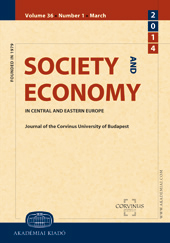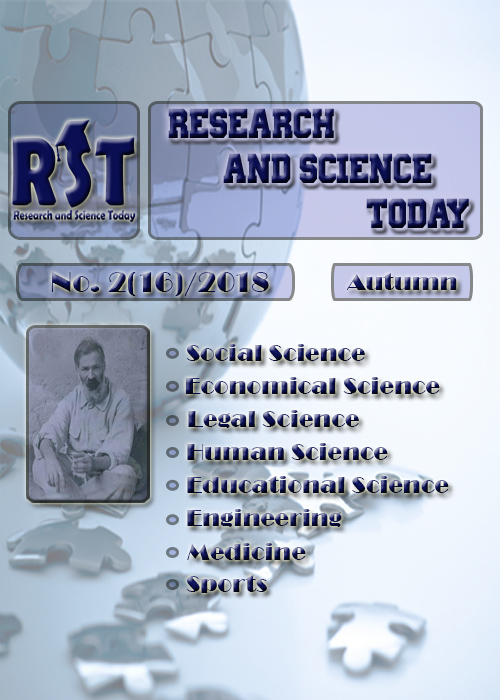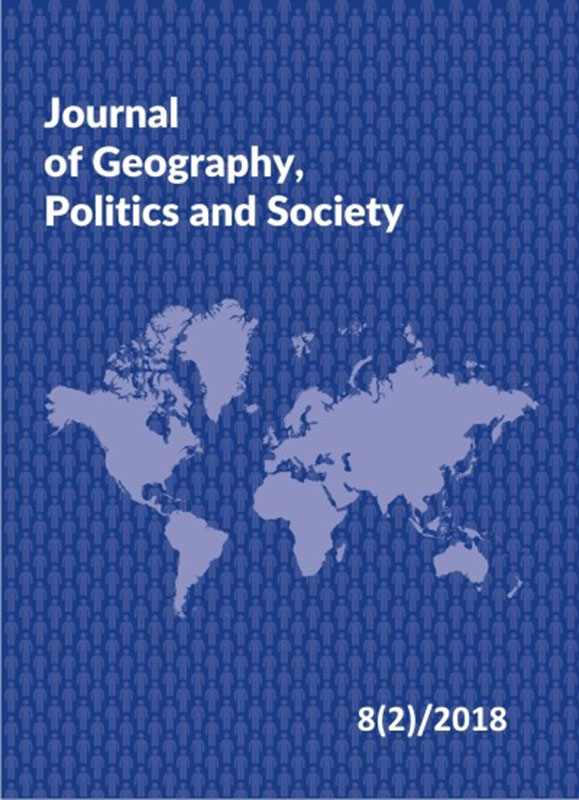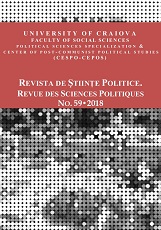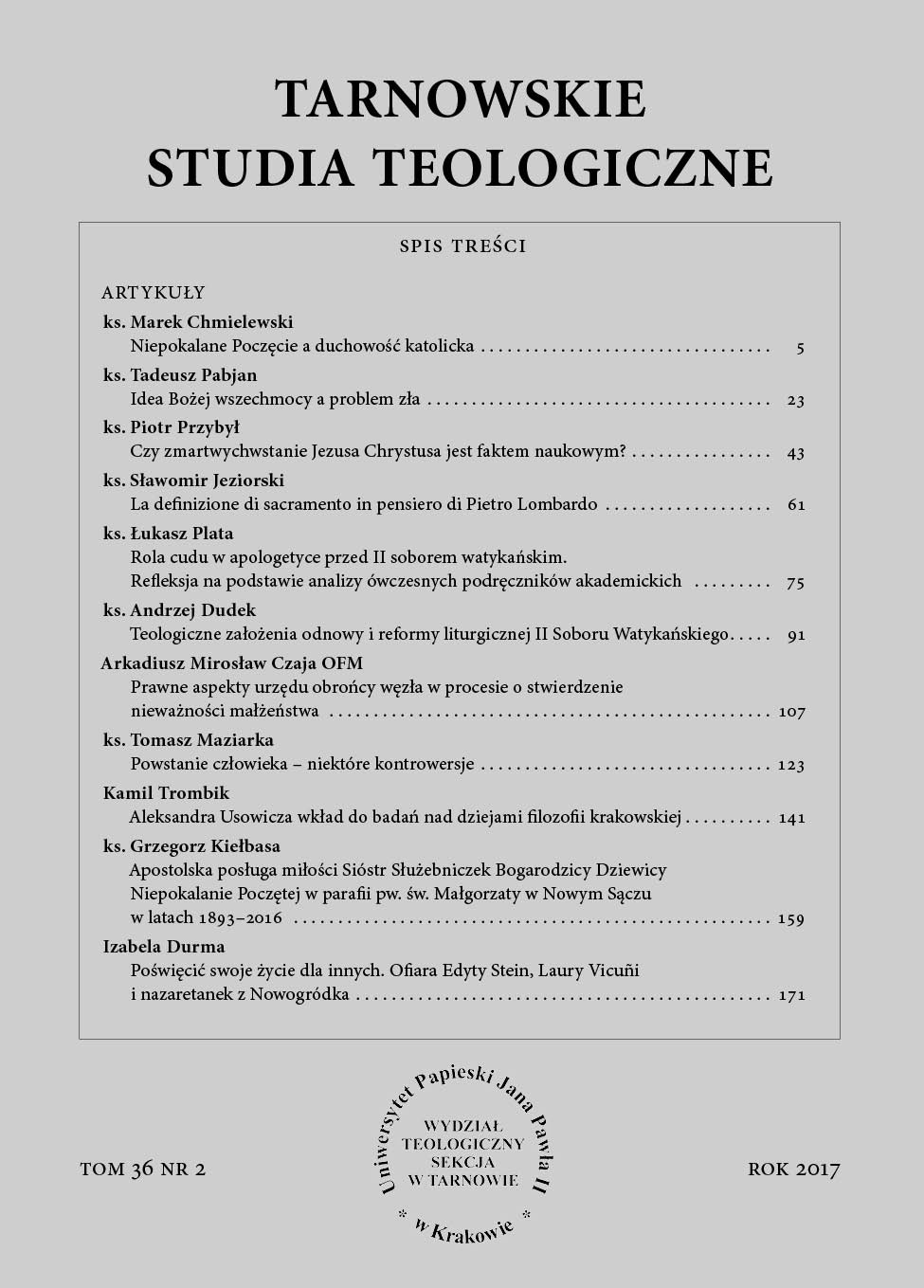
Parents’ opinion of children and teenagers’ vaccination in Lower Silesia.
Background: Immunization in Poland might be seriously threatened because of inaccurate information about its safety and effectiveness. It is necessary to monitor people’s opinions about immunization in order to stop the negative process of disinformation. Aim of the study: The aim of the diploma paper was to understand parents’ attitude and concerns about immunization in Poland. Material and methods: Two hundred parents from Lower Silesia were enrolled in the study in 2016. The research tool was the author’s unnamed questionnaire. Results: The research shows that the majority of parents 92.5% (183) have positive attitudes towards immunization. The obligatory immunization rate among children in Poland was very high 96% (191). 70.4% (138) of children were given at least one vaccination that was not obligatory in Poland and in most cases that was vaccination against pneumococcus – 61% (103) of children and chickenpox – 54.4% (92) of children. A relationship was noted between the recommended vaccination and financial situation of parents and their education level. There were several reasons why people’s attitudes to vaccination might be negative: financial reasons 60.3% (41), vaccine injury 27.19% (19), ineffectiveness 7.4% (5), and natural ways of supporting immunity 20.6% (14). More than half of respondents 51.6% (101) claim that their knowledge about the immunization is insufficient. The main source of information about immunization for parents is medical staff (doctors, nurses and midwifes). Nevertheless, 32.8% (65) of respondents reported not receiving any information about recommended vaccination from their attending physician. Conclusion: The uptake of immunization is related on parents’ education and financial reasons. Medical staff do not inform parents and promote immunization adequately. Parents are not informed about the possibility of extended vaccination. It is necessary to educate parents about the safety and effectiveness of immunization.
More...

